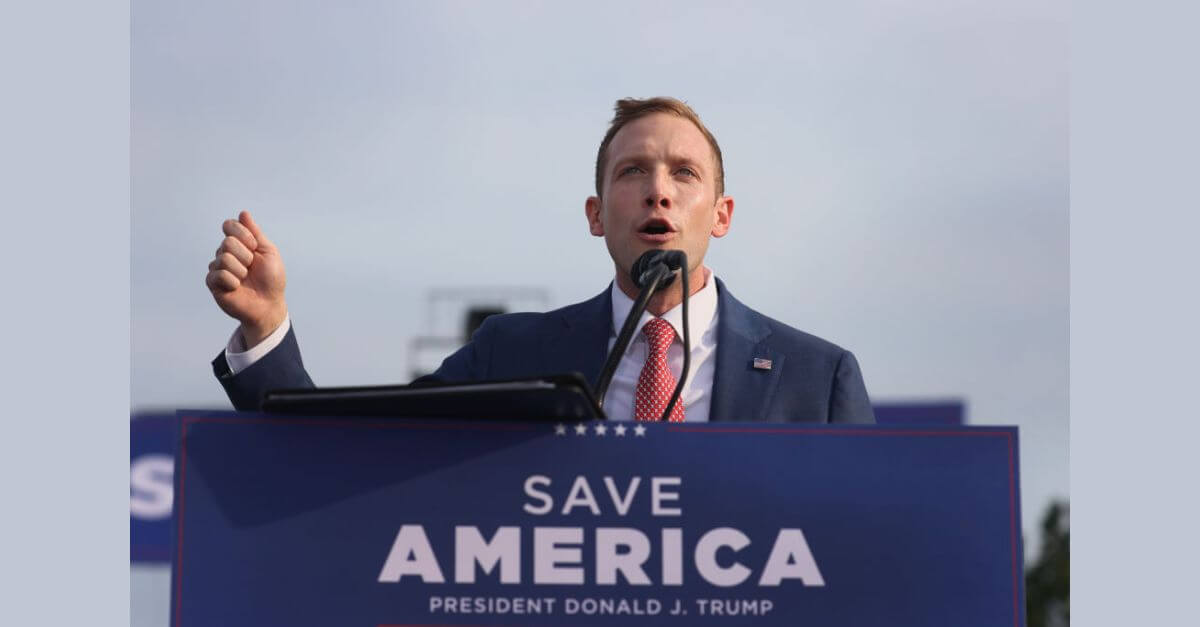Reform Movement Steps Up Aliyah Efforts
As a Reform Jew who scarcely visited Israel in three decades and whose vision of retirement once tended more toward New England than Netanya, Robert Bernstein is not the likeliest candidate for making aliyah. But after raising three daughters who are passionate about Israel and planning to study there before college, Bernstein, 54, has decided to buy a vacation home in the Holy Land — and says he would consider settling permanently one day, depending on his children’s plans.
“I just feel so comfortable as a Jew being surrounded by Jews; I love listening to the Hebrew language, and eating the Mediterranean food — all of that,” said Bernstein, who, for now at least, continues to live in Waccabuc, N.Y. “Plus, I’m a businessman and I see that the Israeli economy is booming … [so] I think [the home] will be a good investment, also.”
Leaders of Reform Judaism are banking on Bernstein’s brand of optimism. Currently, less than 5% of North American immigrants to Israel, or olim, identify as Reform Jews, according to the Jewish Agency for Israel, but the movement hopes to grow that number. In recent months, Reform organizations have launched several initiatives aimed at increasing the movement’s grass-roots presence in Israel, including a concentrated recruitment drive, conducted this week, aimed at bringing 10 Reform families to the booming Israeli city of Modi’in.
The efforts are intended, in part, to increase the power and influence of Israel’s fledgling Reform movement, which in recent years has fought in the Israeli courts to win the official recognition and funding traditionally reserved for Israel’s Orthodox institutions. At the same time, the new attention to aliyah reflects the increasing traditionalism of the American Reform movement, the country’s largest Jewish denomination.
Although Reform leaders officially reversed their historic opposition to Zionism with the adoption of the Columbus Platform in 1937, it was not until the ’70s that the movement used the word “aliyah” in its official text and began requiring movement professionals to study in Israel. The movement’s growing commitment to Israel is reflected in its new prayerbook, adopted last year, which reinstates the prayer, “And bring us back to peace from the four corners of the earth and bring us upright into our land.”
“This continues a trend, really, that goes back more than a quarter of a century,” said Jonathan Sarna, a professor of American Jewish history at Brandeis University. At the same time, “it seems to me very unlikely that aliyah will suddenly jump to the top of the priorities of the Reform movement.”
Reform Jews currently make up a very small percentage of the number of North American Jews making aliyah. According to the Jewish Agency, 136 Reform Jews moved to Israel in 2006, out of a total of roughly 3,200 North Americans. In comparison, the Orthodox and Conservative Jewish communities account for about 60% and 20%, respectively, of North Americans who have moved to Israel, numbers that have grown modestly over the past decade.
In the eyes of Bernstein, increasing the number of Reform olim will depend, in part, on breaking through some of the conflicted emotions that the movement’s liberal Jews sometimes feel toward Israel.
“They’re proud of the Israelis being tough militarily, but they hate that it’s on the front page of the Times that they killed Palestinians,” said Bernstein, who also predicted that it would be difficult to boost the number of Reform olim. “Let’s face it — Who’s making aliyah? The Orthodox, because they feel, I think, much more of a religious connection, and if you’re a Reform Jew you’re not necessarily that religious and you’re perfectly happy in America.”
According to Rabbi Andrew Davids, executive director of the Association of Reform Zionists of America, Reform leaders are increasingly focused on making study and travel to Israel a more “normative” experience for young Reform Jews by building on the movement’s programs for high-school students. Three years ago, the movement launched a yearlong program for students wishing to take a “gap” year between high school and college, and 2008 will see the launch of a study-abroad program for college students, as well as a post-college program centered on social action projects.
And then there are events like this week’s program, during which a direct, hard-sell approach was used. Israel’s first female rabbi, Kinneret Shiryon — who herself made aliyah from the United States in 1983 — made a barnstorming tour of a half-dozen Reform congregations, in the hope of opening a dialogue and recruiting 10 families to move to her adopted city, Modi’in, which sits halfway between Tel Aviv and Jerusalem. A new program — created by the city of Modi’in, the Reform movement, the Jewish Agency and the State of Israel — will offer financial incentives and social supports to ease the transition to life in Israel. As of press time, the offer had one taker, a family of converts to Judaism in Philadelphia who are scheduled to move to Israel on July 31.
On Monday night, Shiryon made her pitch to a crowd of about 20 at Congregation Shaaray Tefila on Manhattan’s Upper East Side. She was accompanied by Modi’in’s mayor, Moshe Spector, as well as Liran Avisar-Gazit, a 30-year-old Israeli attorney who was hired as the Reform movement’s first outreach emissary, or shlicha, eight months ago. The pitch centered on the benefits of life in Israel, but the mayor also mentioned the threats faced by the Jewish state.
“Israel needs urgently today a population of 10 million people,” Spector urged. “Please start to understand that Israel is yours like it is ours. Start to think: Can you come? Can your children come? Can your grandchildren come to the Promised Land?”





















